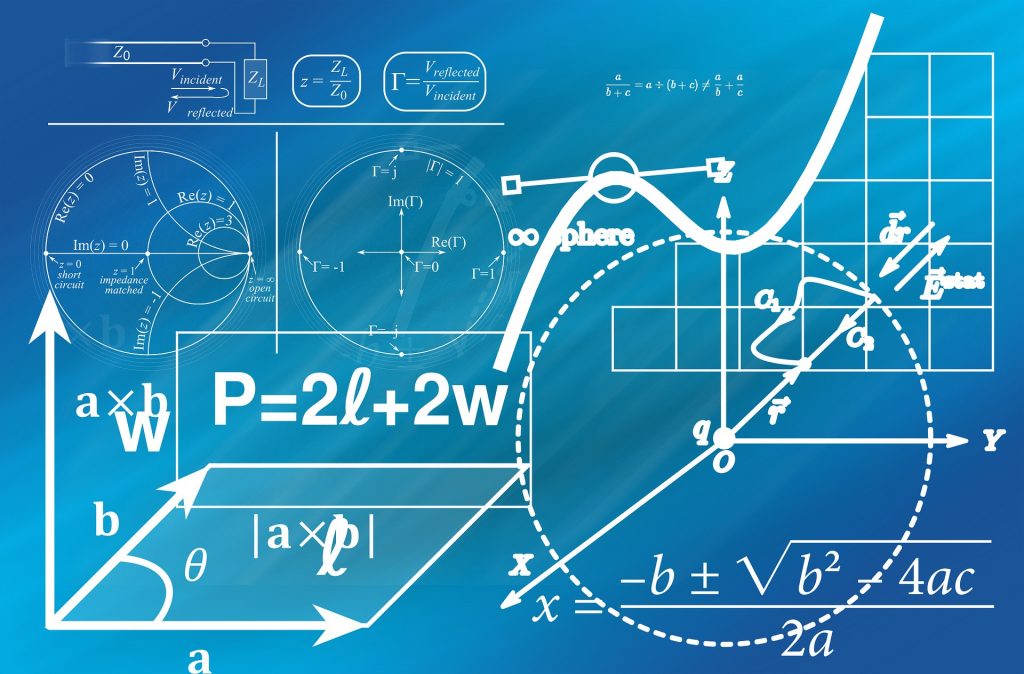
I came across an interesting economic growth model, while auditing Scott Page’s “Model Thinking” class at coursera. Even though the models he discussed are relevant to economic growth for countries and why certain countries grow vs. stagnate, I felt that this is very relevant to the investment decisions that technology leaders make every day.
Here’s a summary of the basic growth model Scott discusses – even though its a very simple model, it brings out the core concepts that you have to weigh when allocating your project investments between RTB (Run the Bank) and CTB (Change the bank).
The model is set up on an island that has workers and coconuts. You can create picking machines out of coconuts (investment) that helps increase your output. Machines are lost at the rate of depreciation. So formalizing –
Lt = Workers at time t
Mt= Machines at time t
Ot= Output in coconuts
Et = Coconuts consumed at time t
It = Number invested at time t
s = savings rate
d = depreciation rate
Assumption 1: Output is increasing and concave in labor and machines (capital)
Ot = √Lt * √Kt
Generalizing then –
Ot = Lt (1-β) * Ktβ
Assumption 2: Output is either consumed or invested
Ot = Et + It
Assumption 3: Machines can be built to increase output (using a concave function) but depreciate
Mt+1 = Mt + It – dMt
Assumption 4: Investment for the next period is output times the savings rate
It+1 = Ot * s
Since the output is a concave function, investment has diminishing returns on the output.
To achieve a long term equilibrium, investment would need to equal depreciation i.e.
Investment (Ot * s) = depreciation (Mt* d)
Since Depreciation is linear and the output in our model is a concave function, you would expect to see the following mapping for these effects:
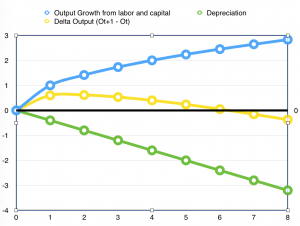
So at a certain stage, because adding more machines is not going to produce enough output to sustain loss from depreciation, growth stagnates. The irony of this growth Model is that growth stalls or stops as the effect of depreciation becomes greater than the output produced through additional investment in new machines.
Next let’s consider the Solow’s growth model, that allows us to introduce innovation into the mix and addresses how to overcome this growth stagnation.
Ot = At * Lt (1-β) * Ktβ
where
Ot = output at time t
At = Innovation constant
Lt = Labor at time t
Kt =Capital invested at time t
Here the key investment choices that can be made by a senior stakeholder is how to divide up the investment between automation (driving up Kt) or game changing Innovation (At); and in my experience you are headed for stagnation or failure without carving out a portion of your budget to invest into innovation rather than just automation!
Here Kt would represent your RTB budget while a portion of CTB (elements dedicated to innovation) would essentially push the innovation constant higher. The key question you have to grapple with is the distribution between the two. And every organization has its own appetite towards making such division between these two types of funding. A few key factors driving such decisions are –
– Organization culture
– Level of competition within the industry
– Risk appetite for the senior executive team
– Whether you are a listed on a public exchange or privately held
Thoughts? Would love to hear your experience in budget allocations and the kinds of biases or preferences you have experienced. Please comment below or send me a direct email.

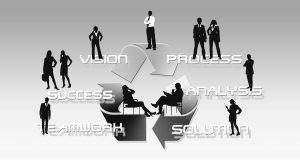 It is increasingly apparent that technology has become a large driver of business strategy. By providing new channels and mechanisms to interact with its customers, clients, partners and suppliers, technology is a key part of an organization’s sustainable competitive advantage. So its imperative for a product owner to not just understand the business landscape but also understand how he or she can use technology components as key artifacts in differentiating their offering.
It is increasingly apparent that technology has become a large driver of business strategy. By providing new channels and mechanisms to interact with its customers, clients, partners and suppliers, technology is a key part of an organization’s sustainable competitive advantage. So its imperative for a product owner to not just understand the business landscape but also understand how he or she can use technology components as key artifacts in differentiating their offering.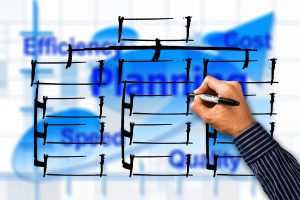 There have been a number of blogs which have focused on requirements that are intuitable, usable, simple and efficient. So I will not cover this aspect here.
There have been a number of blogs which have focused on requirements that are intuitable, usable, simple and efficient. So I will not cover this aspect here.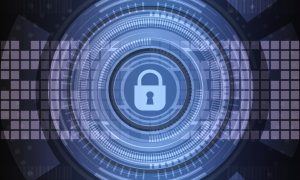 users and their data and this focus is not only to comply with regulations like HIPAA but to stay out of the front page of the Wall Street Journal. Given the
users and their data and this focus is not only to comply with regulations like HIPAA but to stay out of the front page of the Wall Street Journal. Given the 
 power. These mainly were invented as an academic project which later found application in data crunching within industry. Initially only the largest industries could afford it, and run it. I am sure you would remember the punch card drives and the huge cooling towers around the mainframes!
power. These mainly were invented as an academic project which later found application in data crunching within industry. Initially only the largest industries could afford it, and run it. I am sure you would remember the punch card drives and the huge cooling towers around the mainframes! can be collected, processed and disseminated. Some advances came from the mainstreaming of IT into every business or organization. Initially the target was automation – simple enterprise systems that were automated for e.g. The production, planning, accounting, sales etc. There were a number of different flavors of distributed platforms that had specific appeals to different sets of users – the windows platform that was very popular in business user computing segment, the mac platform that appealed to an individual user with needs for creative art applications and the unix/linux platforms which appealed to the geeks. Eventually as we saw these platforms compete we saw the linux/java stack start to dominate the back end processing at most business enterprises, while the front end remained windows based and Apple made a big dent into the personal computing segment.
can be collected, processed and disseminated. Some advances came from the mainstreaming of IT into every business or organization. Initially the target was automation – simple enterprise systems that were automated for e.g. The production, planning, accounting, sales etc. There were a number of different flavors of distributed platforms that had specific appeals to different sets of users – the windows platform that was very popular in business user computing segment, the mac platform that appealed to an individual user with needs for creative art applications and the unix/linux platforms which appealed to the geeks. Eventually as we saw these platforms compete we saw the linux/java stack start to dominate the back end processing at most business enterprises, while the front end remained windows based and Apple made a big dent into the personal computing segment. forming a connected web, with standardized communication protocols like TCP/IP, HTTP, SMTP etc. This was a huge improvement to the unconnected islands that businesses and users had maintained prior to this. This really improved the velocity of information travel – from copying data to floppy drives and moving from computer to computer, to directly transmitting information from one computer to another when every node became addressable and ready to understand communication over standard protocols.
forming a connected web, with standardized communication protocols like TCP/IP, HTTP, SMTP etc. This was a huge improvement to the unconnected islands that businesses and users had maintained prior to this. This really improved the velocity of information travel – from copying data to floppy drives and moving from computer to computer, to directly transmitting information from one computer to another when every node became addressable and ready to understand communication over standard protocols. processing slices on any physical machine. Computing became fungible and transferable. The idea was if every one was running their own physical servers which were not highly utilized, it would be better to have highly fungible compute and storage slices that could move around virtually to the least busy node, thereby improving efficiency multi folds for our computing and storage hardware.
processing slices on any physical machine. Computing became fungible and transferable. The idea was if every one was running their own physical servers which were not highly utilized, it would be better to have highly fungible compute and storage slices that could move around virtually to the least busy node, thereby improving efficiency multi folds for our computing and storage hardware. this hardware can be embedded in any device or appliance. So a washing machine or a refrigerator may have enough and more computing power as a specialized computer from a few years back, implies each of these devices are capable of producing process data that can be collected and analyzed to measure efficiency or even proactively predict failures or predict trends.
this hardware can be embedded in any device or appliance. So a washing machine or a refrigerator may have enough and more computing power as a specialized computer from a few years back, implies each of these devices are capable of producing process data that can be collected and analyzed to measure efficiency or even proactively predict failures or predict trends. transfer value instead of just information. This came about from a seminal paper by Satoshi Nakamoto and the origins of block chain (more on this in another post).
transfer value instead of just information. This came about from a seminal paper by Satoshi Nakamoto and the origins of block chain (more on this in another post). depend on a central store of value (or authority) to establish the truth. It tackles the double spend problem in a unique and novel way without relying on this central agent. This has spawned applications in various sphere’s like digital currency, money transfer, smart contracts etc. that will definitely change the way we do business.
depend on a central store of value (or authority) to establish the truth. It tackles the double spend problem in a unique and novel way without relying on this central agent. This has spawned applications in various sphere’s like digital currency, money transfer, smart contracts etc. that will definitely change the way we do business. reduce algorithms and its family of peripheral components/applications like HDFS (Hadoop Distributed File System), Hive (interpreter that turns sql into MR code), PIG (scripting language which gets turned into MR jobs), Impala (sql queries for data in an HDFS cluster), Sqoop (convert data from traditional relational DB into an HDFS cluster), Flume (injesting data generated from source or external systems to put on the HDFS cluster), HBase (realtime DB built on top of HDFS), Hue (graphical front end to the cluster), Oozie (workflow tool), Mahout (machine learning library) etc.
reduce algorithms and its family of peripheral components/applications like HDFS (Hadoop Distributed File System), Hive (interpreter that turns sql into MR code), PIG (scripting language which gets turned into MR jobs), Impala (sql queries for data in an HDFS cluster), Sqoop (convert data from traditional relational DB into an HDFS cluster), Flume (injesting data generated from source or external systems to put on the HDFS cluster), HBase (realtime DB built on top of HDFS), Hue (graphical front end to the cluster), Oozie (workflow tool), Mahout (machine learning library) etc. make sense of this. There are a number of tools available that visualize and provide insights into this data and they inherently use a best fit model that is able to fit to existing data as well as provides predictive value to extrapolations of the causative variables.
make sense of this. There are a number of tools available that visualize and provide insights into this data and they inherently use a best fit model that is able to fit to existing data as well as provides predictive value to extrapolations of the causative variables.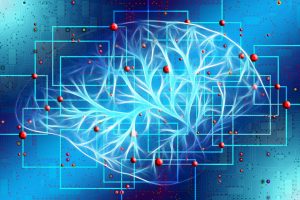 solve the following categories of problems using various methods (statistics, computational intelligence, machine learning or traditional symbolic AI) to achieve goals like social intelligence, creativity and general intelligence.
solve the following categories of problems using various methods (statistics, computational intelligence, machine learning or traditional symbolic AI) to achieve goals like social intelligence, creativity and general intelligence. e.g. autonomous driving cars, that use a variety of sensors like cameras and radars to collect information about the road and other vehicles and make real time decisions about control of the car.
e.g. autonomous driving cars, that use a variety of sensors like cameras and radars to collect information about the road and other vehicles and make real time decisions about control of the car. with humans for survival? Will this be a symbiotic relationship or a competition for survival? Are we simply a tool in the evolutionary process playing our part in creating a smarter, better and more resilient new being?
with humans for survival? Will this be a symbiotic relationship or a competition for survival? Are we simply a tool in the evolutionary process playing our part in creating a smarter, better and more resilient new being?











